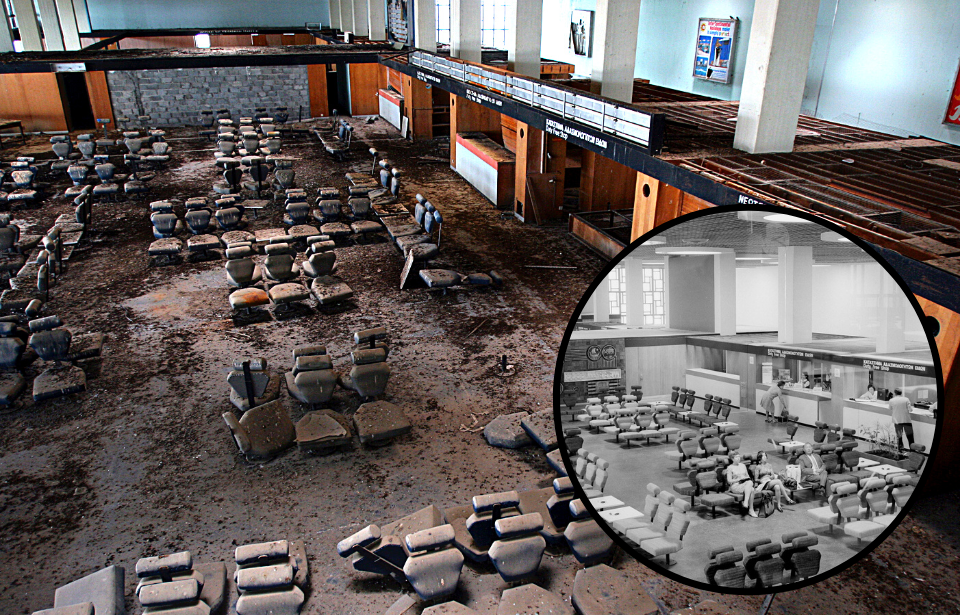What was once the travel hub of the Mediterranean quickly became an abandoned airport that had to be protected by the United Nations. Nicosia International Airport went from expanding and adopting new innovations and luxuries to a hollow, bird waste-infested facility in less than 10 years. Today, it sits relatively empty and is still protected by the UN.
It began as a military airport
Nicosia International Airport was built in the 1930s while the island of Cyprus was still under British control. It was known as RAF Nicosia and largely acted as a military airport until after the Second World War. The first terminal building was constructed in 1949.
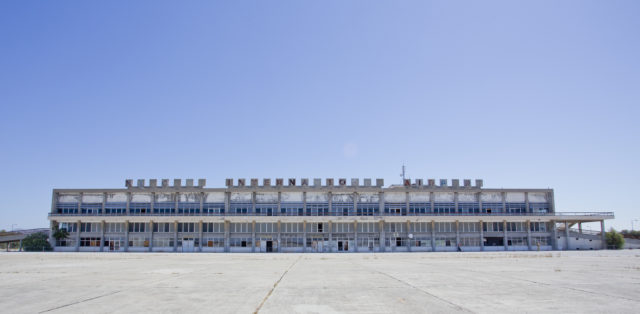
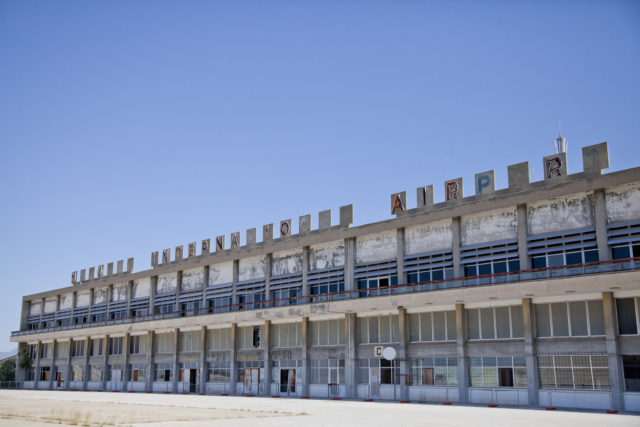
When Cyprus gained independence from Britain in 1960, the Royal Air Force slowly withdrew their operations, and by 1968, RAF Nicosia was renamed Nicosia International Airport. Following their withdrawal, Britain contributed a large sum of money to fund the building of a new terminal that was designed by the West German company Dorsch und Gehrmann.
A new terminal brought plenty of foot traffic
The new terminal became a major transport hub that offered visitors high-tech facilities, shopping, restaurants, and more. Cyprus thus saw a boost in tourism and trade. By 1973, the airport had served nearly 800,000 passengers.
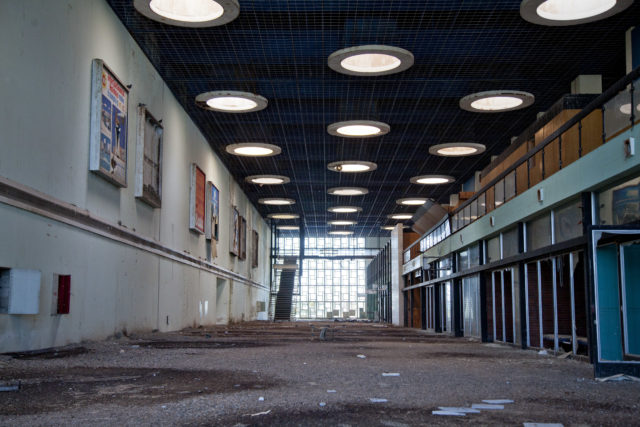
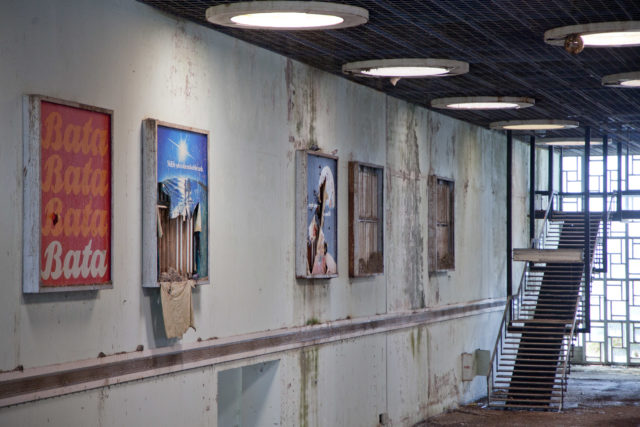
The conflict in Cyprus breaks out
Tensions on the island between the Greek Cypriot majority and the Turkish Cypriot minority were on the rise in the early 1970s and had reached their pinnacle in July 1974 when the government of Greece sponsored an attempt to overthrow the elected president of Cyprus. In response, Turkey supplied military intervention and gained control of a large portion of the island.
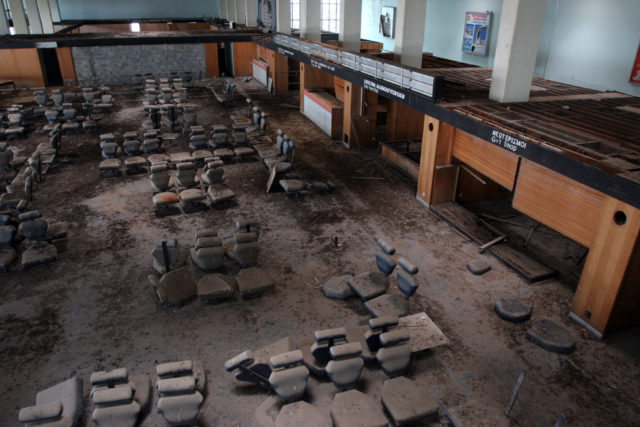
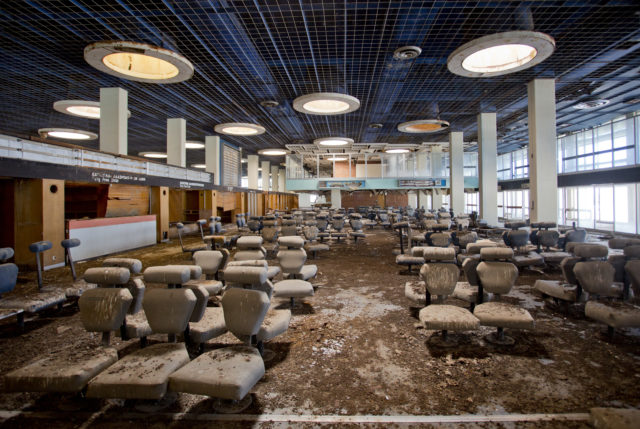
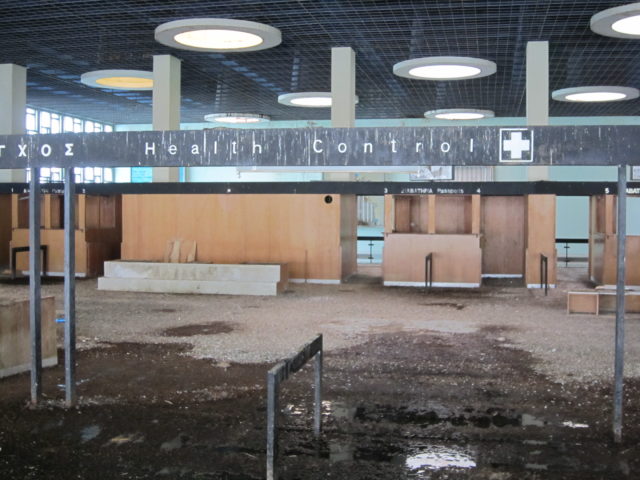
At this point, Nicosia International Airport had become a main target of the Turkish army, which had already performed multiple airstrikes and ground attacks on the island. For the safety of both passengers and workers, all commercial activity was brought to a halt and the airport was abandoned. Tourists on holiday and foreign nationals had to scramble to escape the dangerous situation in Cyprus.
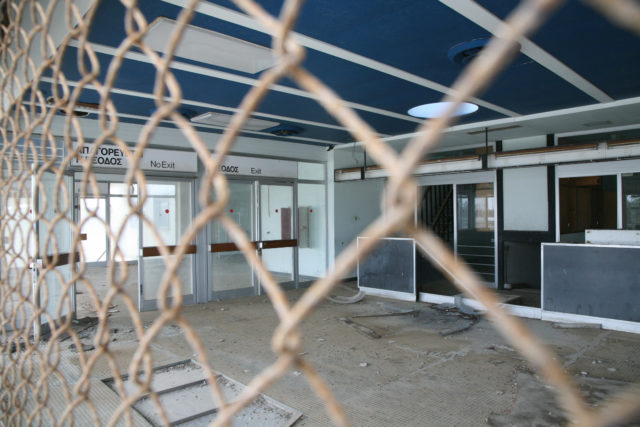
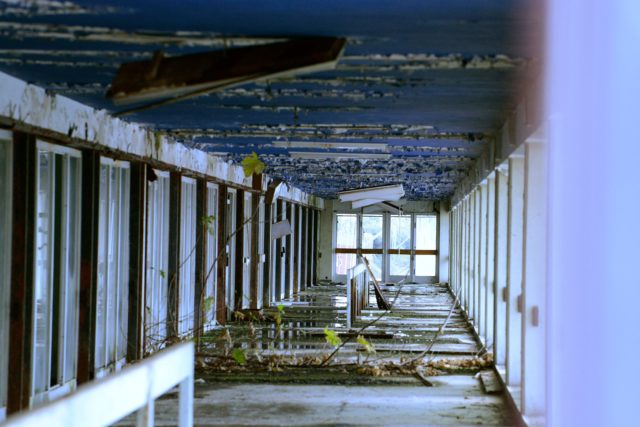
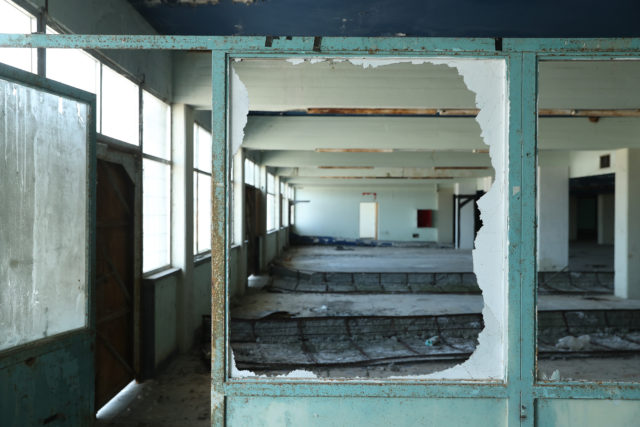
The airport is protected by the United Nations
Eventually, the United Nations intervened in the conflict in August 1974, and declared Nicosia International Airport part of the UN Demilitarized Buffer Zone, protected by the UN’s Peacekeeping Force. Even today, the airport remains protected by the UN, as no reunification agreement has been able to be reached between the Greek and Turkish Cypriots.
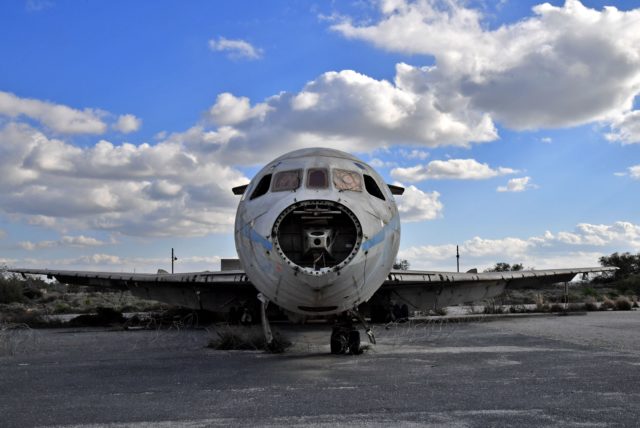
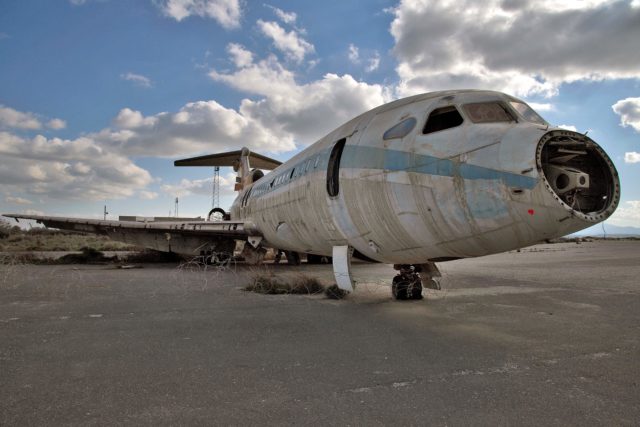
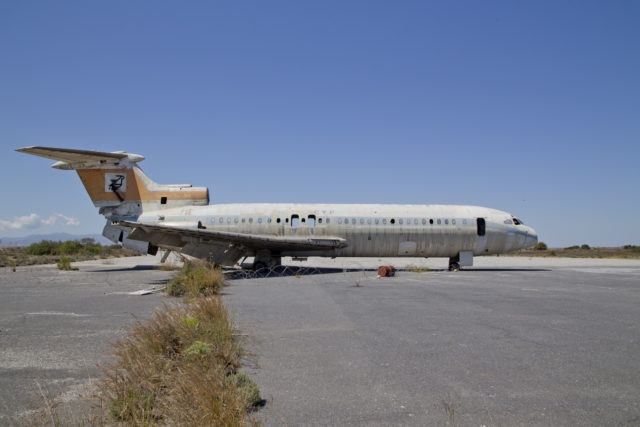
The very last flight at the airport was in 1977 when British engineers flew out three Cyprus Airways aircraft that had been stranded there in the 1974 invasion. One airplane remains on the tarmac following the outbreak of the conflict, the hollow frame abandoned after its parts were stripped to repair another jet for flight.
More from us: Floyd Bennett Field: The Airport That Bore Witness to the ‘Golden Age of Aviation’
Three new airports were constructed to accommodate travel following the closure of Nicosia International Airport: Paphos International Airport, Larnaca International Airport, and Ecran International Airport. It is therefore unlikely that any restoration will be made to Nicosia.
